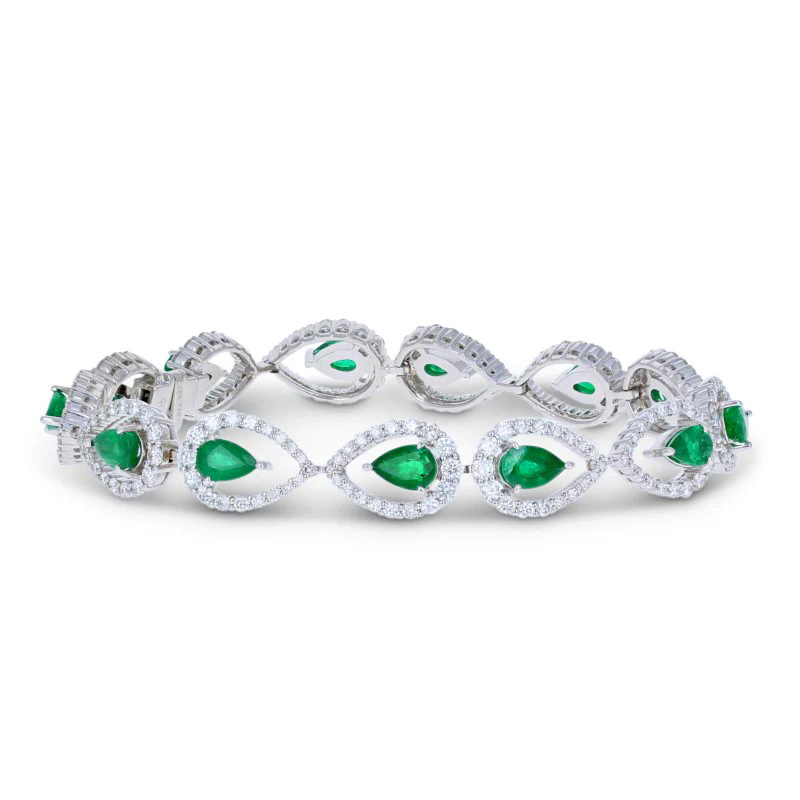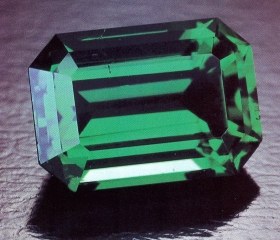
When choosing between emeralds and diamonds, it’s essential to understand their unique characteristics, origins, and qualities. Both gemstones are prized for their beauty and significance, but they differ in many ways.
Origins and Rarity
Diamonds, primarily composed of carbon, are formed under high-pressure conditions deep within the Earth and are available both naturally and as lab-grown stones. Emeralds, a variety of the mineral beryl, get their green color from chromium or vanadium. Natural emeralds are rarer than diamonds.
Quality and the 4Cs
The 4Cs—color, clarity, cut, and carat weight—are used to assess the quality of both diamonds and emeralds. Diamonds are often judged by their clarity and brilliance, while emeralds are valued for their deep green hue.
Sparkle and Color
Diamonds are known for their exceptional sparkle due to their high refractive index. Emeralds, on the other hand, have a unique, softer glow. While diamonds are typically colorless to yellowish, emeralds range from bluish-green to deep green.
Clarity and Hardness
Diamonds are graded under 10x magnification for inclusions and imperfections. Emeralds, more prone to inclusions, are graded without magnification. On the Mohs hardness scale, diamonds score a perfect 10, making them incredibly durable, whereas emeralds score 7.5-8, requiring more care.
Symbolism
Diamonds symbolize eternal love and strength, often chosen for engagement rings. Emeralds represent rebirth, love, and fertility, known for their rich cultural history and association with the goddess Venus.
Price Comparison
The cost of emeralds and diamonds varies significantly based on quality. Generally, high-quality emeralds can be more expensive per carat than diamonds due to their rarity. However, diamonds are often perceived as more valuable.
Conclusion
Choosing between an emerald and a diamond depends on personal preference and the significance you attach to each gemstone. Both gems offer unique qualities and beauty, making them exceptional choices for any jewelry piece.


